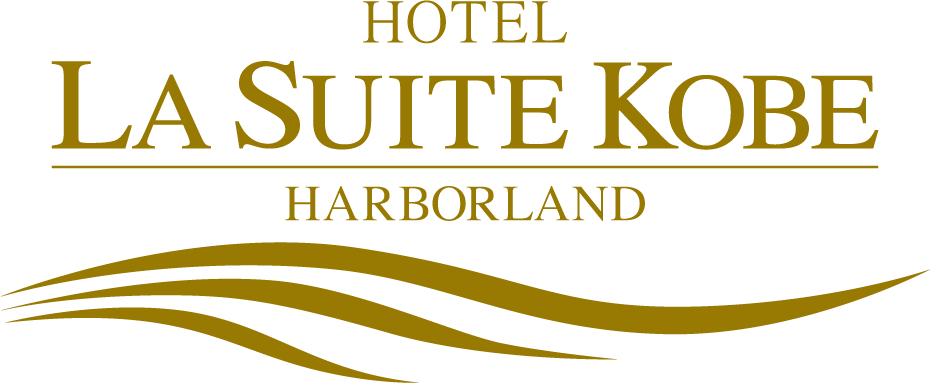 Loading...
Loading...
 Loading...
Loading...
At Teppanyaki Kokoro, eat your fill of select Hyogo Prefecture brand beef, from “Kobe beef” — a work of art that seduces lovers of gourmet food the world over — to Tajima beef, Awaji beef, Sasayama beef, Kurodasho beef, and more. The chefs make their way to producing areas to personally select seasonal ingredients such as farm-fresh, organic, healthy vegetables and fresh seafood like Akashi octopus caught in the Inland Sea and Sea of Japan. The sommeliers suggest pairings from over 200 wines, local Hyogo sake, and more. All guests are hospitably welcomed to refined atmosphere, cuisine, and service.
Restaurant details
Business hours
11:30 AM-3:00 PM (Last Order 2:00 PM)
5:30 PM-10:30 PM (Last Order 9:00 PM)
Age restrictions
Lunchtime and dinnertime are open to children ages 7 and up.
(Children ages 4-6 should use a private room.)
(Children ages 0-3 are not allowed in the restaurant interior or private rooms. Thank you for your understanding.)
Dress code
Lunchtime: Smart Casual (Male guests, please refrain from wearing light clothing such as shorts or sandals.)
Dinnertime: Elegant (Male guests, please refrain from wearing light clothing such as T-shirts, sweatshirts, shorts, or sandals.)
KOBE BEEF
When talking about Kobe Beef, Brand beefs of Hyogo such as Tajima Beef, Awaji Beef, Sasayama Beef, Sanda Wagyu, and Kurodasho Wagyuwe must not forget the role of the farms that rear these cows. They dedicate themselves to grow the cattle that meet the criteria of Kobe beef. We assure that you enjoy these brand beef with safe and reliablity.
What Kobe beef is
Kobe beef refers to beef from the Tajima strain of Wagyu cattle, raised in Hyogo,Japan according to rules as set out by the Kobe Beef Marketing and Distribution Promotion Association. The meat is a delicacy renowned for its flavor, tenderness, and fatty, well-marbled texture. Kobe beef can be prepared as steak, sukiyaki, shabu shabu, sashimi, and teppanyaki. Kobe beef is generally considered one of the three top brands (known as Sandai Wagyuu, “the three big beefs”), along with Matsusaka beef and Ōmi beef or Yonezawa beef.
Characterstic of Taste
Kobe Beef is a harmony of delicate, dignified sweet lean meat and the taste and fragrance of melt-in-your-mouth fat. The secret behind its deliciousness is its so-called “shimofuri” fat marbling. The “sashi” fatty content of the meat itself will actually begin to dissolve at low temperatures. This means that it will literally melt in your mouth. An abundant content of inosinic and oleic acids has been scientifically proved as factors that contribute to its outstanding flavor.
“Shimofuri” fat marbling
This fine, delicate meat has a high degree of fat marbling that melts at low temperatures.
Lean meat
This meat has tender fibers and its own, unique refined sweetness.
Flavor components
Kobe beef is rich in oleic acids which determine the taste of fat and the flavor component in osinic acid.
The Kobe Beef Marketing & Distribution Promotion Association is active to clarify the definition of Kobe beef and to issue “Kobe Beef Certificates” for meat that matches this definition to certify its authenticity and to install the small, bronze Kobe Beef statuette at designated retail stores, as we have, so that consumers know that these stores sell real Kobe beef.
Now, Globally Adored Sake at La Suite
Sake is currently globally loved and drank. Hyogo Prefecture contains Nada-Gogo, five sake brewing villages collectively known as “the purity of Nada.” Nada-Gogo is the number one sake-producing area in Japan, accounting for 26.4% of the sake produced in the entire country. It thrived as a sake area even in olden times thanks to its port useful for transporting products across water, its high quality brewer’s rice (Yamada Nishiki) ideal for sake brewing, and its high quality mineral water (Miyamizu). From Nada-ku in Kobe to Nishinomiya, the greatest brewery streets in Japan lie in the five villages (go) of Nishi-go, Mikage-go, Uozaki-go, Nishinomiya-go, and Imazu-go. Hotel La Suite Kobe Harborland starts with Nada-Gogo to offer selected Hyogo Prefecture sake. Please be sure to enjoy these authentic Japanese spirits.